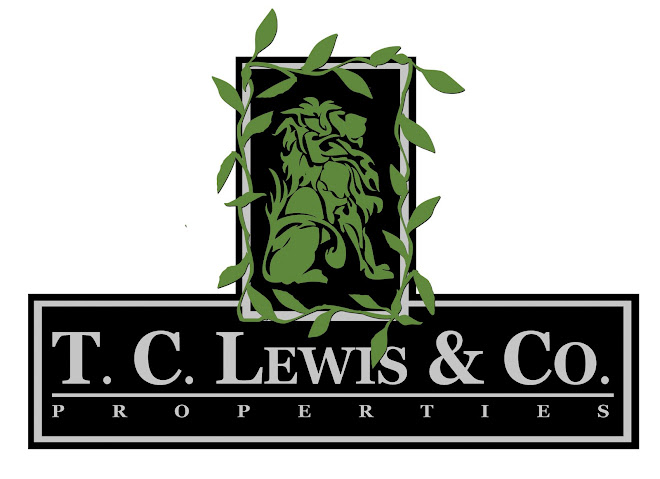I was talking to a colleague and a client earlier today, and we were discussing how far “green conversations” have come in the Northeast Tennessee and Southwest Virginia area since this time last year. It’s truly amazing to think about. Subcontractors are much more knowledgeable and willing to learn, city/county officials aren’t turning a deaf ear to the conversations, and clients are now interested in all things green. Some of these things are old hat for those of you in parts of Western North Carolina, but it’s very exciting to see the exponential growth of interest in East Tennessee! I’m sure that part of the reason for the “new attitude” about green is due in part to the economic situation surrounding the real estate and construction industries – at least for the city and county officials. When there’s not much going on, officials become much more open to a new idea that may spark some business and growth for their city/town or county. However, I would like to think that a majority of the growth in interest in green is due in large part to the work of the Northeast Tennessee Green Building Council. So, here’s a big pat on the back to any of you involved directly or indirectly with the council and getting the word out about green construction over the last year!
I also tend to think that some of the new figures that have been released really work to paint a pretty picture of the kind of impact that green construction and remodeling is having on the planet. And, that can’t be bad for the movement! According to Department of Energy reports, green homes built to the EnergyStar certification standard in 2009 were the equivalent of: Taking 51,645 vehicles off the road, saving 312,399,672 pounds of coal, planting 85,372 acres of trees, and cutting out 612,678,574 pounds of CO2. I think those are staggering statistics – especially for techniques that can add as little as 1-3% to construction costs.
As a company, we build to the National Green Building Standard which has four certification levels (Bronze, Silver, Gold, and Emerald). And, what I find really exciting is that the Bronze level of the standard requires 15% better energy efficiency than the EnergyStar certification that was used for the study. If more folks build to the National Green Standard in 2010, we’re going to really start to reduce our impact on the planet!
I like where things are headed in the region where green is involved, and it says a lot that more and more folks are starting to understand that green construction isn’t just impacting the environment – it’s putting money back in the pocket of the consumer!


